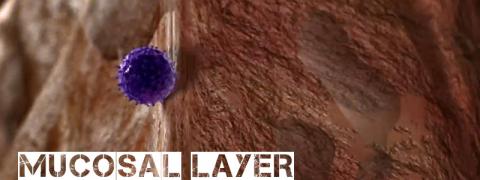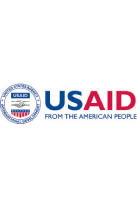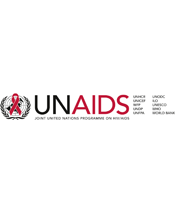
To become infected with HIV, infected blood, semen or vaginal secretions must enter your body.
Sexual activity is the most common way for HIV to be transmitted. HIV can be transmitted through sexual intercourse, both vaginal and anal. HIV can easily pass through the mucus membranes in the genitals and the rectum, or may pass through cuts and sores.
Compared with the dry external skin surface, the inner mucosa of the foreskin has less keratinization (deposition of fibrous protein), a higher density of target cells for HIV infection (Langerhans cells), and is more susceptible to HIV infection than other penile tissue in laboratory studies [2]. The foreskin may also have greater susceptibility to traumatic epithelial disruptions (tears) during intercourse, providing a portal of entry for pathogens, including HIV [3]. In addition, the microenvironment in the preputial sac between the unretracted foreskin and the glans penis may be conducive to viral survival [1]. Finally, the higher rates of sexually transmitted genital ulcerative disease, such as syphilis, observed in uncircumcised men may also increase susceptibility to HIV infection [4].
Male circumcision has been associated with a lower risk for HIV infection in international observational studies and in three randomized controlled clinical trials. It is possible, but not yet adequately assessed, that male circumcision could reduce male-to-female transmission of HIV, although probably to a lesser extent than female-to-male transmission. Male circumcision has also been associated with a number of other health benefits. Although there are risks to male circumcision, serious complications are rare. Accordingly, male circumcision, together with other prevention interventions, could play an important role in HIV prevention in settings similar to those of the clinical trials [41, 42].
http://www.mayoclinic.com/health/hiv-aids/DS00005/DSECTION=causes
http://www.mnaidsproject.org/education/educate-yourself/hiv-transmission.php
http://www.cdc.gov/hiv/resources/factsheets/circumcision.htm










